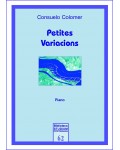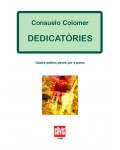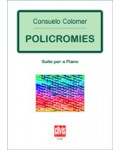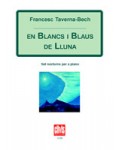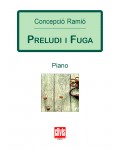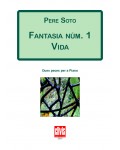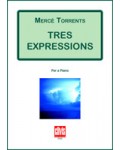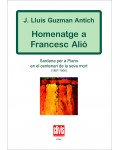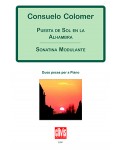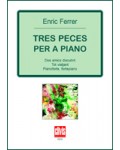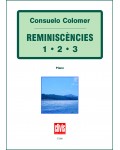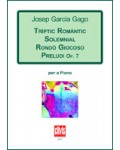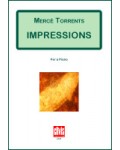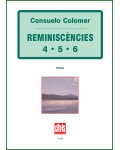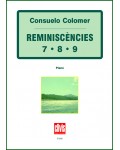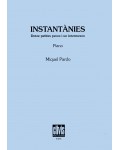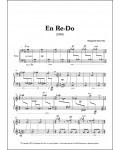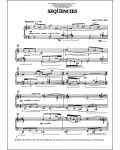
No products
Prices are tax included
Product successfully added to your shopping cart
There are 0 items in your cart. There is 1 item in your cart.
- English
- Castellano
- Català
Sonata XI for left hand
AC340
New product
The possibilities of the piano within the grave range had been explored by several composers throughout the 20th century, but on this occasion, Soler’s music seeks out expressiveness rather than virtuosity.
| Period | 20th Century |
| Subheading / Parts | For the left hand |
| Instruments | Piano |
| Pages | 16 |
| Time | 8 min |
| Contents | Score |
| ISMN | 979-0-3502-0633-7 |
| Edition | Printed |
From 1979 until the current day, Josep Soler has been steadily composing sonatas for piano. His catalogue includes sixteen works (including two previous sonatas that the composer himself had thought lost, but which have surfaced in recent years) and there is no reason to believe that this chapter has come to an end. Some of these sonatas have been better distributed thanks to recordings – especially Sonata 3, Sonata 9 and Fragment de sonata (Fragment of a sonata) - considered by the composer as his first foray into the realm of sonatas for piano, dating back to 1958. Even so, none of these have ever been published, meaning that this score is the first printed edition of the entire corpus of piano sonatas by Josep Soler.
Sonata no. 11 for the left hand was composed in 1997, commissioned by pianist Lluís Avendaño who at that time had suffered an injury in his right hand. As the composer says, “Sometimes you are commissioned and nothing comes of it, but on the odd occasion it does”. The possibilities of the piano within the grave range had been explored by several composers throughout the 20th century, but on this occasion, Soler’s music seeks out expressiveness rather than virtuosity. This was first performed in public in November, 1998 and ten years later, the composer himself has undertaken a revision for its publication.
David Puertas

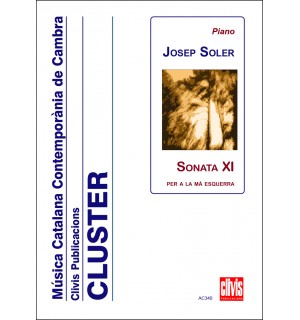





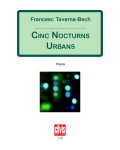
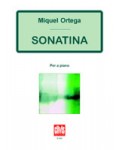
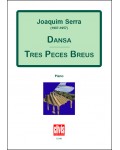
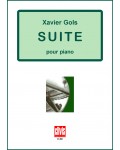
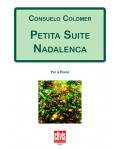
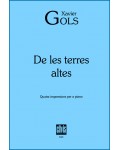
![Tema amb [4] Variacions](https://www.clivis.cat/1965-home_default/tema-amb-4-variacions.jpg)
